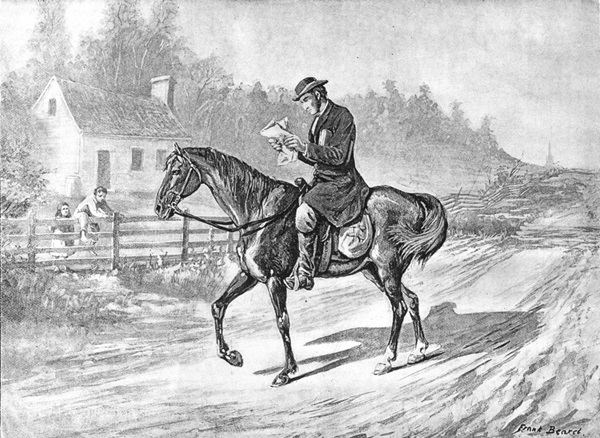When people new to United Methodism hear that a new pastor will soon be serving their congregation, they may ask:
Why don’t we get to choose our pastor?
Who makes these decisions?
The short answers describe how United Methodists have agreed to meet the pastoral needs of congregations.
John Wesley, the founder of the Methodist movement, preached up to 40,000 sermons in his lifetime. He was an “itinerant” preacher, traveling from town to town in England, setting up Methodist societies.
In the days of Francis Asbury, the first of two Methodist bishops in the United States, a pastor – most often a circuit rider – might be appointed to half of a state or more. His appointment might be for only three months, after which he moved to another circuit. Thousands of the oldest United Methodist congregations today trace their history to a circuit rider.
This traveling from place to place to begin Methodist societies in principle led to the itinerant system The United Methodist Church uses today.
“Itinerancy” refers specifically to the commitment by pastors to go and serve wherever their bishops send them. “Appointment” is the action taken by bishops. These are different, yet related.
Before they are ordained or licensed, clergy in The United Methodist Church agree to serve where their bishop appoints them. Appointments are for one year at a time. For elders and local pastors, particularly, the goal is to match the gifts and graces of the particular pastor with the ministry needs of a particular congregation. In this “serial leadership” of consecutive pastors – no two are alike – over time, the combination of skills blends to form a broad base of developed ministries.
While bishops make appointments, they incorporate a consultative process outlined in The Book of Discipline that includes district superintendents, pastors and pastor and staff/parish relations committees. The needs and desires of clergy are considered, says Missouri Bishop Robert Schnase, but “the mission of the church comes first.”
—Adapted from “Chuck Knows Church,” Discipleship Ministries, and the General Board of Higher Education and Ministry website.
Originally published in Interpreter Magazine, May–June, 2015.

